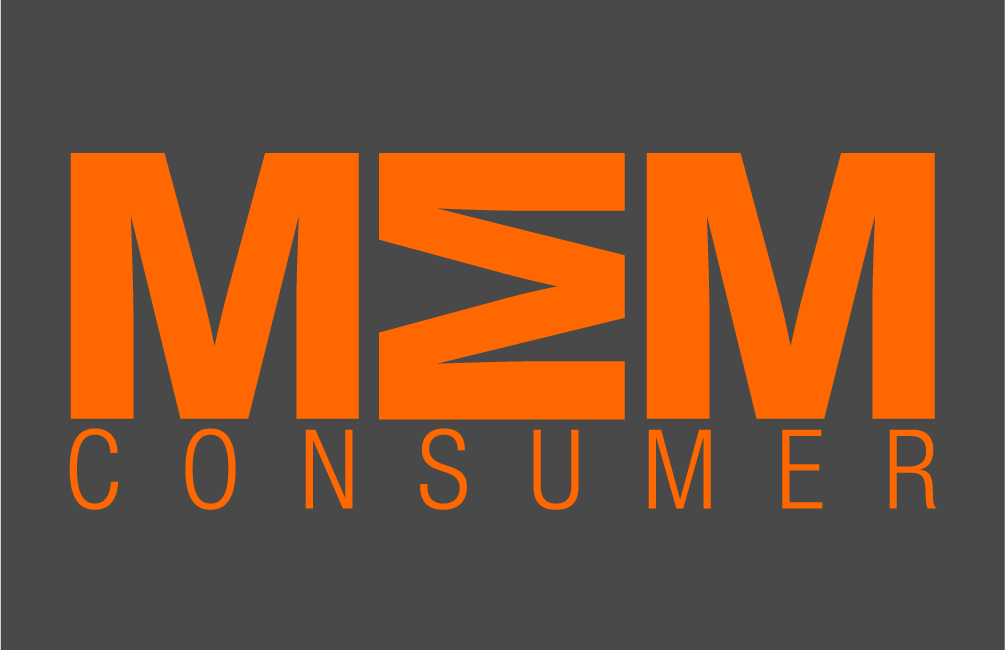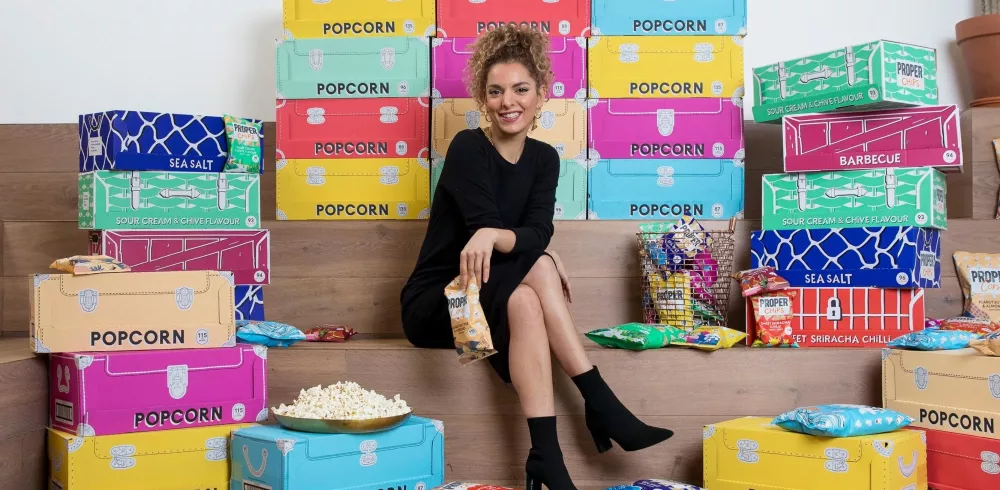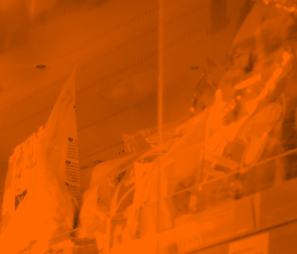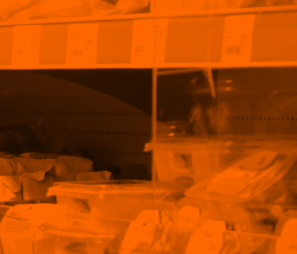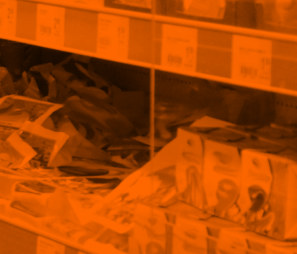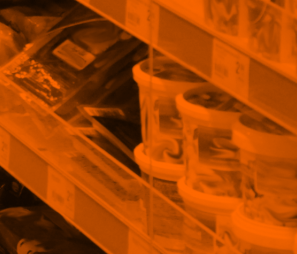The Genesis of a Brand – Cassandra Stavrou : What does it take to build a successful and thriving brand in a tough – and often unforgiving – retail market?
As part of London Packaging Week, Cassandra Stavrou, Founder of PROPER Snacks, shared insight into her journey as a challenger brand and the successes and failures along the way, resulting in one of the most successful and fast-growing businesses in the healthy snack category.
Today, PROPER Snacks is well known for its popcorn, crisp and chip range, and Cassandra was awarded an MBE in 2020 for services to the food industry.
It begins with an idea
Although PROPER Snacks products are found in every major retailer and in over 20 countries around the world, the business began as many do – with a dream.
Cassandra explained how her mindset shaped her approach to business and ultimately, the formation of PROPER Snacks.
“My parents arrived in the UK from Cyprus in the 1960s and I grew up with that ‘immigrant mentality’ of working for yourself and building something from nothing. After my dad passed away, as the eldest child, starting my own business was the most effective way I could think of to support my family.
Like many entrepreneurs, there were successes and there were failures. However, around fourteen years ago, before the healthy snacking revolution we see around us today, I was inspired by a vintage popcorn maker my dad had given me and spotted a gap in the market. Popcorn is a universal product, everywhere you go in the world, people understand it. However, if it’s seasoned and prepared in the right way, it’s a lot better for you – so there was clear space in the healthy snack market.”
Being resourceful
Cassandra shared that one of the biggest challenges initially lay in manufacturing and finding a production partner willing to join her on the journey without a previous track record in sector, and particularly as a female entrepreneur in a male-dominated manufacturing industry.
“I got lots and lots of no’s, so I had to be resourceful. Eventually, I bought and repurposed a cement mixer to create our first batches. Of course, it had to be hygienic, so we lined it with steel and used that machine to tumble our product. Then, while watching an episode of Top Gear, they mentioned that the way colours are sprayed onto cars is the finest mist that you can get. So, I bought a car spray kit and used that to apply the oil.
“Our first major customer was Google, and since then we have grown to become one of the fastest growing companies in our field across Europe, selling over 8 million packs per month.”
Seven lessons in brand storytelling
Spotting a clear gap in the market, and believing in her own product, Cassandra’s journey shows the importance of resourcefulness and commitment in building a brand from the ground up. From its home-grown roots, the PROPER Snacks business welcomed partners into its next chapter of growth. Cassandra remains highly active on the board, and the business now exceeds over £100m sales per annum.
Reflecting on her journey as a challenger brand, Cassandra highlighted seven of the key lessons that she believes have contributed to the success of the PROPER Snacks business, and the clear brand identity it has cultivated.
1 “How does it make me feel?”
“I use this to challenge the team on how to progress, and also internally when making decisions. How does it make me feel? If what you’re doing doesn’t make you feel something, stop. What isn’t going to move you hasn’t got a hope of moving anyone else.
We’re emotional creatures; we often put feelings before truth and beauty before logic. Often, we hammer out our ideas in meeting rooms for a consensus, and while there’s value to that, we need to ask one simple question – ‘how does it make me feel?’.”
2 Have confidence in bold ideas
“I think back to our first large-scale marketing campaign for PROPERCORN – our first major media buy. We didn’t know what we wanted to put out there, but we did know we wanted to go big. Our Creative Director, Becky, laid out a simple grid-like pattern of popcorn, and it looked bold, beautiful and visually arresting, with minimal copy.
“This was at a time where brands were telling people how to live, what to do, remember to throw me away and so on. It was becoming wallpaper, so we created more ‘wallpaper’ and wrapped 10 buses in it. It went on to become one of our most iconic brand assets. We had confidence in it. In a world of increasing noise and distraction, find the confidence to back your ideas.”
3 Don’t get comfortable
“Comfort zones are graveyards to dreams. This is a rule I’ve become more confident in as my career has progressed. Changing your mind on something is okay; we’ve always been restless, and it took us a while to get confident with it. It’s easy to feel disappointed and like you didn’t get it right the first time, but the point is that an idea is never really finished, and innovation never ends.
“In 2011 we launched our first packaging, but very quickly we became restless and wanted to evolve it. This is, of course, a very costly and lengthy process. After the third annual packaging overhaul, the team would say that it’s the last one we need to get it right, but in reality, every single year we have gone on to evolve our packaging. The world keeps on moving, and an impatient business is a progressive business.”
4 Would you pay money for it?
“John Lasseter, the creator of Toy Story, famously said ‘Give the people what they want. A great product always sells itself and quality beats any business plan.’
“Would you buy it? It’s a simple rule. You’ll either create something the world wants, or you’re going to spend all your time trying to convince the world to want it, which is brutal and expensive. I’ve learned time and again, don’t lose sight of what you’re selling, make it the absolute best it can be.
In 2019, we launched our chip range and obsessed over everything from the texture of the coating on the pellets, to the seasoning and the storytelling on the packaging. Wherever you sit in the business, be curious about the product. Ask questions about the shelf life, the integrity of the supply chain, the recyclability of the packaging, for example.”
5 Bring up the people who stand for your values
“When you’re building a brand, bring up the people who stand for your values and let go of those that don’t. People who are truly motivated will go the extra distance. A great piece of advice in building a brand is to get really, really good at hiring. Challenge applicants with parts of the job they’d be doing, set tasks.
“One of the big challenges is where businesses panic and fill the role gap quickly. It takes three times as long to fix that, and businesses get flabby with that quick-fix approach.”
6 “Be a builder, not a tenant”
“This is one of our most important internal mantras. What we’re saying to our team is that if you want to build, figure out problems, creatively solve things and push things forward, then put on your metaphorical hardhat, because you’re in the right place. You’re a builder. A tenant would be someone who spots problems and writes a note, but it ultimately goes into the back pocket.
“The difference boils down to three things, creative entrepreneurialism, embracing ambiguity, and taking action. Research shows that smarter people tend to think more in terms of probability than black and white, and that’s great for avoiding decision paralysis.”
7 Find inspiration outside your realm
“Have the awareness of how your competition is performing, but the discipline to leave it at that. If you obsess over your rivals and what they’re doing, you lose what makes you ‘you’. Never follow your competitors on social media, for example. If you look left or right, you can’t help but be influenced by what you see – that’s how creativity works. By way of example, when we launched in a major supermarket, but we were brand new with no retail awareness – in a sea of brown cardboard loading cases – we were getting lost and forgotten. The major brands have field sales agents checking compliance, but we had to think differently at the early point in our business. What we did was spend more on our casing and packaging repertoire, making them bold, beautiful and illustrative. Overnight, compliance shot up.
Look outside your category for inspiration. Want to be better at logistics? Look at what Amazon is doing. Want to be better at customer service? Examine what Monzo does. Seek ideas from the full spectrum of companies and cultures, particularly those that are shaping conversations, because you never know where the answers will come from.”
To learn more about London Packaging Week and the insightful talks and seminars that took place, click here.

Manufacturing & Engineering Magazine | The Home of Manufacturing Industry News


